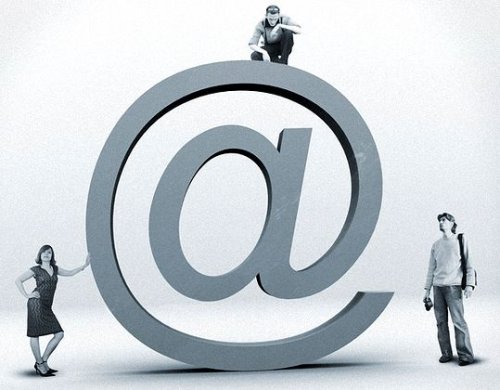
In today's world, the line between real and virtual existence has virtually disappeared. We conduct meetings, take training courses, and participate in corporate and family celebrations on this side of the screen. The digital environment is transforming our communication, offering new forms of interaction and tools. As we settle into this new space, we gradually develop new rules of politeness that help us find a common language of etiquette. I've compiled five rules that will help you establish successful online communication.
Rule 1: Stickers, emojis, and GIFs are the cream of the crop in virtual communication.
Stickers, GIFs, and emojis are a great tool for those looking to create a casual atmosphere in communication. However, they should be used with great caution, carefully choosing the appropriate situation:
- You shouldn't send them to strangers, especially as a greeting. Chances are, the recipient will simply misunderstand you;
- You can't reply to a long text with a sticker or GIF. This may offend the other person.
- Only send stickers to people who use them themselves. Some people are very negative about them!
- Avoid using stickers and emojis in business correspondence.
It's crucial to maintain a communicative balance: use stickers with those people who are willing to send you animated messages.
Rule 2: Share the link – don't be lazy and subscribe
If you want to share a link to an interesting publication or video, be sure to include a brief description, such as:
Look at this funny video/This is how you can decorate your apartment/Let's order this pizza
Then the recipient will click the link with the right expectations, rather than wondering what awaits them: useful information or spam.
Rule 3: Capitalize names and lowercase “you”
The norms of communication in instant messaging apps are quite liberal: you can begin a sentence with a lowercase letter. The names of books, movies, and cities can also be written with lowercase letters. However, it's best not to skimp on the person's name: always begin their name with a capital letter to show respect.
When it comes to choosing between the polite “you” and the even more polite “you,” I recommend using the former more often. We capitalize “you” when addressing one person in a formal letter and it's crucial for us to emphasize respect. For example, when inviting a boss to a special event or wishing them a Happy New Year.
Rule 4. Voice or text?
Text messaging remains the most neutral method of communication: it requires no extra effort from the other person and doesn't cause any discomfort if they're in a meeting or conference. This format is best suited for communicating with strangers or people you don't know well, with whom you haven't yet developed a familiar communication style.
If we were to formulate a brief etiquette rule, it would be this: the greater the social distance with the interlocutor, the preferable is the text format of communication.
Rule 5: Name the files you send correctly
Most often, we name files by document type: contract, presentation, report. Imagine how many such contracts the recipient has accumulating.
Following the rules of digital politeness requires respecting your interlocutor's time. Here's what information you can include in a file name:
- document type (contract, presentation, article)
- about what (about purchasing, speech etiquette)
- to whom (colleagues, students, guests)
- from whom (Lingvoed, Zen, director).
According to this algorithm, this article would be titled: Article_etiquette_for_Lingvoed_subscribers. Agree, this is a very convenient format!





